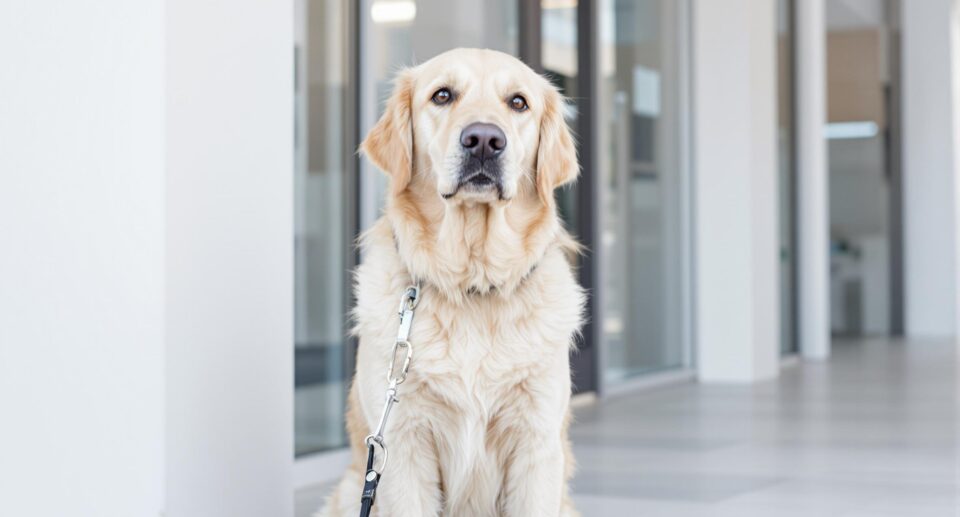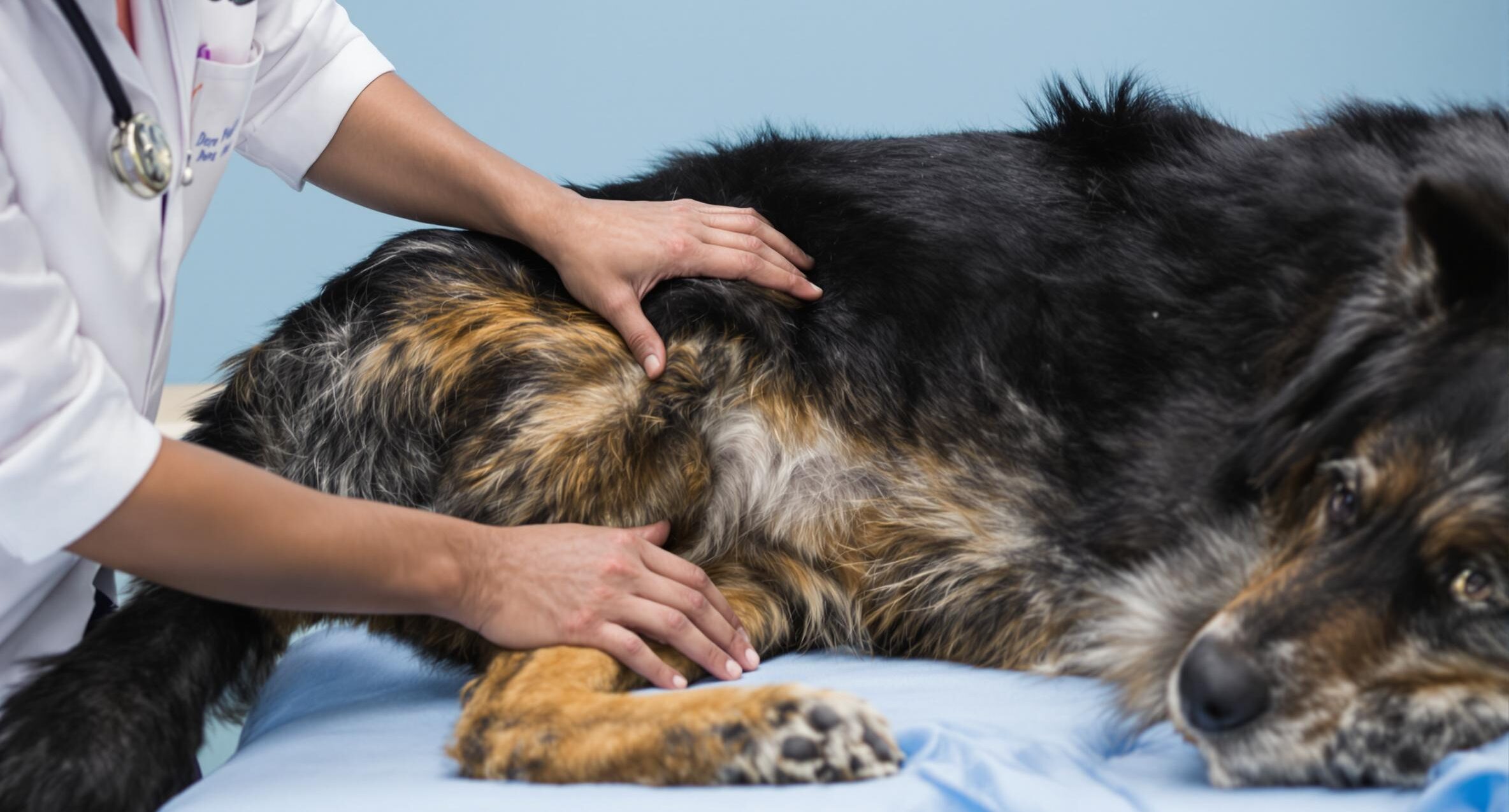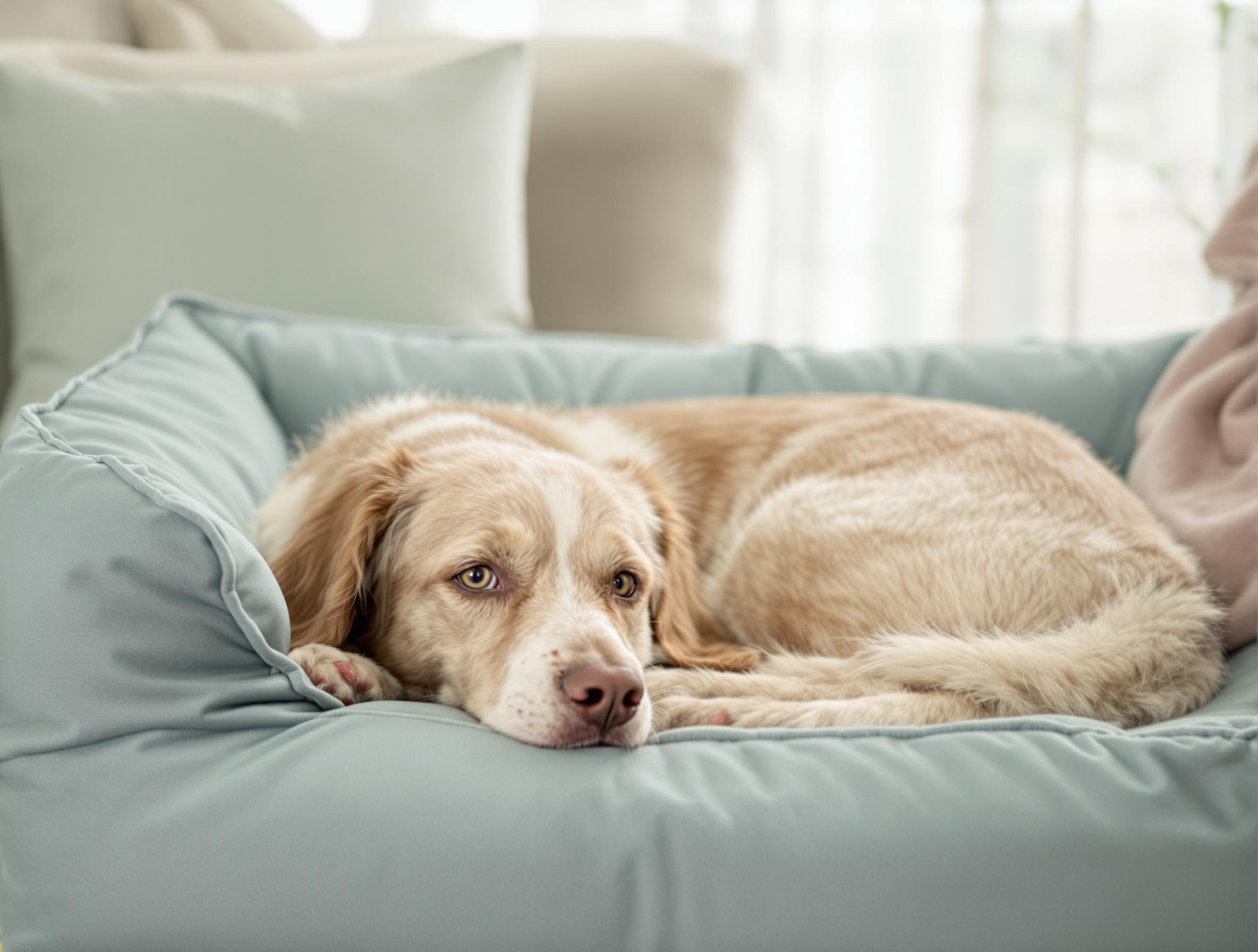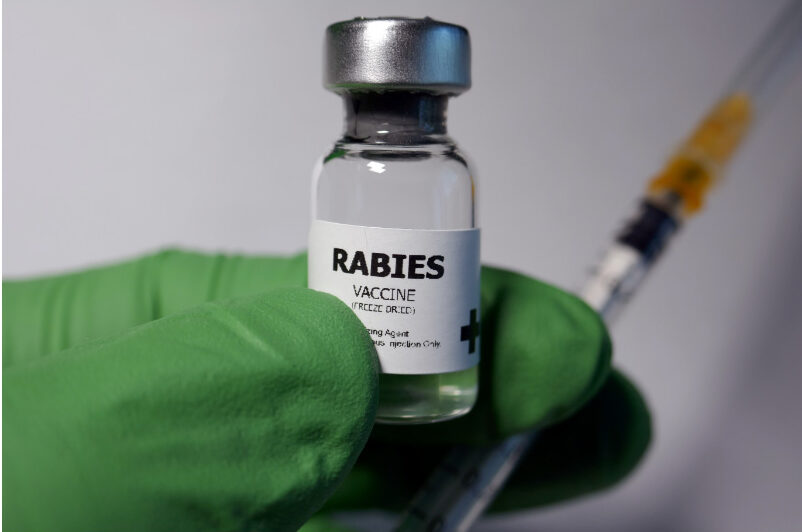4 Creative Ways to Encourage Your Dog to Drink More Water

Key takeaways:
- Add broth or fruit to water or freeze into treats to boost hydration.
- Use clean bowls or fountains in quiet spots for better water access.
- Watch for dehydration signs and set a routine to keep them hydrated.
A full water bowl sits untouched, and your dog strolls by like it’s invisible. For many pet parents, it’s frustrating and even a bit concerning when a dog doesn’t seem interested in drinking. Dehydration can creep in quickly—leading to dry gums, low energy, and reduced playfulness—and it affects a dog’s health more than many realize. If you’re ever unsure whether your dog is drinking enough or showing signs of dehydration, it’s always best to talk to your veterinarian.
To help dogs stay active and healthy, they generally need about 0.5 to 1 ounce of water per pound of body weight daily. If a dog tends to avoid the water bowl, there are simple tricks to encourage better hydration. As a trusted source of pet health information, PetHealthMD shares helpful tips and advice to support pet owners.
1. Entice your dog with flavored water
Some dogs just need a little extra encouragement to drink. Adding a small amount of flavor can spark interest.
Try adding a tablespoon of sodium-free chicken or beef broth to a cup of water. You can also freeze diluted broth into ice cubes for a refreshing treat. Another option is to infuse the water with dog-safe fruits like apples or watermelon. Just remember to remove any leftover fruit after a few hours.
Avoid flavor enhancers made for humans, which may contain unsafe ingredients. Keep track of your dog’s daily water intake—about one cup for every 10 pounds of body weight is a helpful reference.
2. Choose the right water bowl to boost hydration
Believe it or not, the water bowl you use could make a difference in how much your dog drinks. Like us, dogs prefer clean, easy-to-access water.
Here are a few helpful tips:
- Use stainless steel or ceramic bowls—they keep water fresh and don’t trap odors
- Elevated stands can help large or older dogs drink more comfortably
- Try a pet fountain if your dog likes moving water
- Place bowls in quiet spots throughout your home
- Wash bowls daily with mild soap and warm water
Even changing the location of the bowl can help. Some dogs feel more comfortable drinking in calm areas.
3. Use homemade treats for hydration boosting
Frozen treats help dogs drink more, especially during hot weather or after a walk.
Here are some simple ideas:
- Watermelon and coconut water cubes
- Plain yogurt blended with berries, then frozen
- Canned pumpkin mixed with goat’s milk and chilled
- Chicken broth with carrots poured into molds
- Plain coconut water in ice cube trays
One frozen treat per day is plenty. You can check with your vet before giving new foods, considering dietary sensitivities.
4. Establish a hydration schedule

Routine makes a difference. Dogs benefit from scheduled water breaks just like they do with meals.
- Try filling water bowls before meals and again 30 minutes after.
- After exercise, wait 15 minutes, then offer small sips to prevent stomach upset.
- Clean bowls in the morning and evening with pet-safe soap.
- Use a marked bowl to monitor how much your dog drinks, especially during warmer months or dietary changes.
Frequently asked questions about dog hydration
How can I tell if my dog is dehydrated?
Knowing the signs of dehydration helps you act early. Dogs can’t tell you they’re thirsty, so it’s important to observe their behavior. Here are a couple of things to test and look out for:
- The “bounce-back test” is one simple way: gently pinch the skin between your dog’s shoulder blades. If it returns quickly, your dog is likely hydrated. If it moves slowly, they may need more water.
- Check their gums. They should feel moist and look glossy. If they’re sticky or dry, it’s a sign of dehydration.
- Look at their eyes. They should have clear eyes. Sunken eyes could mean dehydration.
- Other symptoms include tiredness and excessive panting. If these signs appear, offer water and consult your vet if things don’t improve.
How much water should my dog drink daily?
Most dogs need about one ounce of water per pound of body weight. Ask your vet if you’re unsure what is right for your dog.
What affects my dog’s water needs?
Things like weight, dry kibble, exercise, heat, or health issues can increase how much your dog needs to drink.
Does my dog need more water in the summer?
Yes. Dogs often need more during hot weather or after active play.
When should I call the vet about water intake?
If your dog drinks much more or less than usual or shows symptoms like vomiting or lethargy, contact your vet.
Maintain a hydrated and healthy lifestyle for your dog
Water helps with everything from energy to digestion and temperature control. Keeping your dog hydrated is an important part of daily care.
If your dog’s water habits change or you’re unsure, your vet is the best person to turn to. Visit PetHealthMD for more articles and trusted tips on dog wellness. A fresh bowl of water is a simple step toward a healthier, happier life.





